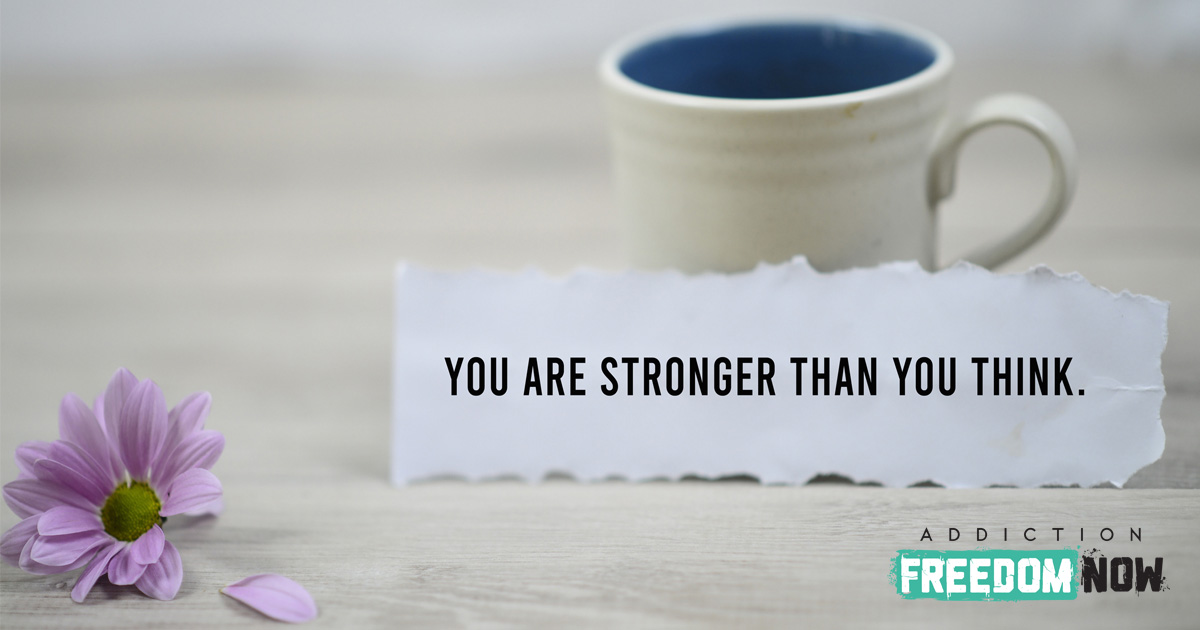Seeking help always requires that difficult first step, to reach out and ask for assistance from others. That first step is what enables people to begin healing and living their life to the fullest. Recently, many people are using written exposure therapy (WET) to move forward from a traumatic experience and toward a brighter future.
There are many different treatment programs available that work for different people. Frequent writing can be incredibly beneficial for your mental health, which is why it’s so important to consider when you’re beginning your recovery journey. In particular, if you’re currently dealing with trauma in any form, WET might be a great option for you to heal.
What Is Written Exposure Therapy (WET)?

WET was created in the 2000s by psychologists Denise Sloan and Brian Marx, who authored a book about the therapy entitled Written Exposure Therapy for PTSD. Sloan and Marx wanted to create a healing approach for trauma victims that was simple, timely, and cost-effective. WET is evidence-based and can be done alone or with a clinician.
While primarily used for people with post-traumatic stress disorder (PTSD), WET can be used to address any trauma. It is considered a form of psychotherapy that allows people to think about a traumatic experience in a different way. This allows the person to experience relief from trauma symptoms.
When something traumatic happens, it has the potential to change you for the rest of your life. For example, you might isolate yourself from the world and avoid anything that could trigger the memories from that experience. Writing about the event in as much detail as possible allows you to feel more comfortable with the memories and their physical manifestations. Discussing this with a professional can help you reshape how you think of that experience.
For the first session, you begin by learning about your physical response to trauma. This session typically lasts around an hour. In the sessions that follow, you spend half an hour writing about the experience in as much detail as possible.
These details can include:
- How you felt when the event started
- How you felt when the event finished
- What thoughts came up during the event
- What thoughts or events today trigger memories from this event
In each session afterward, you will continue writing about the event and discussing it with a therapist. Your therapist will check in with you and gauge your thoughts throughout. As you continue the sessions, you will learn how to manage your thoughts and find new ways to interpret them, enabling you to struggle with the experience less.
Trauma Defined
Trauma can come in many different forms. Most often, it is a highly emotional reaction to a terrifying event, such as military combat, a car accident, sexual assault, a natural disaster, or physical assault. However, many events can be traumatic to different people. Because of the intense emotional reaction many people have to a terrible event, trauma can alter how we interact with the world.
When trauma resurfaces repeatedly and makes it near-impossible to recover after the initial event, you may be experiencing post-traumatic stress disorder, or PTSD. However, as difficult as it is to move forward from trauma, especially once PTSD rears its ugly head, it is possible. In fact, trauma often coincides with anxiety, depression, or another mental disorder, so while you might not be diagnosed with PTSD, you’re not alone. Many people experience trauma and some sort of mental health concern at some point in their lives.
How Is Written Exposure Therapy Used?
When you begin writing about the traumatic event, you’re creating a “trauma narrative.” In other words, you’re not only writing about the event itself but also how you feel about it and how it affects you today. So, how effective is WET? Sloan and Marx state that the trauma narratives created during WET proved more effective at healing trauma victims than cognitive processing therapy (CPT).
CPT sessions were longer, face-to-face, and required 12 sessions in total. By contrast, WET utilizes only five sessions, and it focuses primarily on individual writing. It’s worth noting, too, that the dropout rate for WET patients was significantly lower than CPT patients: 6% versus 40%.
CPT is so effective because rather than spend most of the time talking about the experience, patients going through WET can write it all out. Writing down important thoughts allows you to filter through information more thoroughly, as you aren’t forced to constantly retain the knowledge in your head. Incidentally, that’s why note-taking is as effective as it is—notes keep track of information because humans can’t.
It becomes much easier to revisit previous ideas if you have them written down. We’re not able to retain and remember everything, so writing down key details allows us to always have that information on hand.
When you write about your experience, you’re gathering the information as you recall it, keeping it all in one place where you’ll remember everything, and building a narrative that helps you frame the event differently. When you reframe the event, the goal is for the triggers that currently affect you to have a diminished effect.
What’s An Exposure Therapy Example?
For example, if you were in a horrible car accident, you might feel anxious or nervous about getting into a car again. You might avoid any situation that requires you to ride in a car and especially situations that force you to drive. If you have a job and need to drive, but the trauma prevents you from doing so, WET might be a helpful tool to utilize.
To address this trauma, you’ll meet with a therapist and discuss your symptoms and current thoughts. Over the next few sessions, you’ll write about the experience. You might write about how you felt when the car accident happened, when you felt safe again, what triggers those memories today, and more. Once you’ve mapped out this information, you and the therapist will work to reframe how you think about today. To feel comfortable being in a car again, you must reframe the event and move forward with your life.
Four Tips in Trauma Therapy

Beginning the path toward recovery and healing isn’t easy, and taking that first step and seeking help can be the most challenging thing you’ll ever do. However, there’s no shame in struggling. When you begin therapy, you’re showing your strength and wisdom.
If you’re considering utilizing WET to heal from trauma, here are a few points to consider.
Take Your Time
There is no rush when it comes to healing. There’s no set amount of time you should spend recovering from trauma. While most WET programs last only a few sessions, it’s not required to end the program before you’re ready or extend it beyond your needs.
WET is an ongoing experience, and you will always be learning and making progress. Sometimes, it takes more time than you planned to process a specific memory from the trauma, and that’s completely fine. Remember to take your time with this process.
Take Care of Yourself
Utilizing WET for recovery requires strength, patience, and wisdom. That said, it’s always beneficial to take care of yourself during this process. Rather than shame yourself over past thoughts and memories, be gentle and forgiving to yourself. You might not remember everything from an event, or you might hit a roadblock during the process. It’s understandable that you might struggle through this process, but this doesn’t mean there’s anything wrong with you. Remember to take care of your mental and physical health throughout this process.
Don’t Give Up
As you go through this process, you might have additional memories and details come up in your sessions. There might be a point where the trauma gets too overwhelming, and you don’t know how to move forward. Keep in mind that there’s nothing wrong with you.
Sometimes you might be uncomfortable writing about something, but that’s okay. If you need to focus on other details before moving forward with something you’re uncomfortable sharing, that’s acceptable. The goal is to heal, and since you have the ability to move forward from your traumatic experiences, it’s important not to give up.
Use a Worksheet
There are other resources out there that can help you to keep moving forward. When it feels as if you’ve taken a step back, use these resources to get you back on track. One resource, an exposure therapy worksheet, focuses on the idea of “urge surfing.” Urge surfing states that you should ride out an urge like a wave instead of giving in.
If you use unhealthy habits to manage your symptoms from traumatic experiences, an urge surfing worksheet serves as a great reminder of how the process works and what you can do to move forward in a healthy manner. It also contains tips for what to do if you’re in a situation where you’ll experience triggers. Returning to the car accident example—if you’re forced to get into a car, a solution is to practice deep breathing to relax your nerves.
Written Exposure Therapy Helps You Heal
Written exposure therapy for PTSD and trauma doesn’t erase your negative experiences, but it can help you heal from them. Bottling up your negative thoughts does more harm than good, so it’s always recommended to find a healthy way to manage those emotions. WET is a great tool for getting your thoughts out, explaining your feelings, and reshaping the experience to improve your reaction to it.
You don’t have to live the rest of your life avoiding triggering situations. Your trauma, no matter how significant, can be managed using WET. You deserve to live your life to the fullest potential, and WET could help you achieve it.
Getting Started with Recovery Journaling

Regardless of where you stand in your journey to sobriety, incorporating a recovery journal can prove to be a powerful and valuable tool for additional support. From personal experience, I found that journaling allowed me to freely and honestly express all of my thoughts and emotions without reservations of being judged. By recording your successes, challenges, goals, moments of gratitude, and everything in between, you are actively taking control of your road to recovery. Trust in your heart and allow your creativity to lead the way, aided by the use of helpful journal prompts. Remember, you are capable of achieving your goals, so keep writing and keep moving forward.




